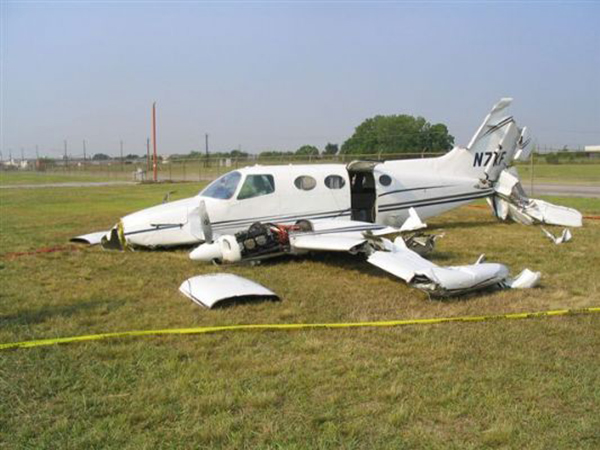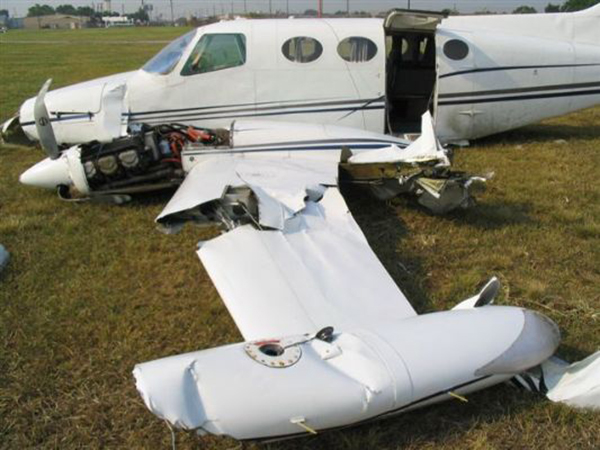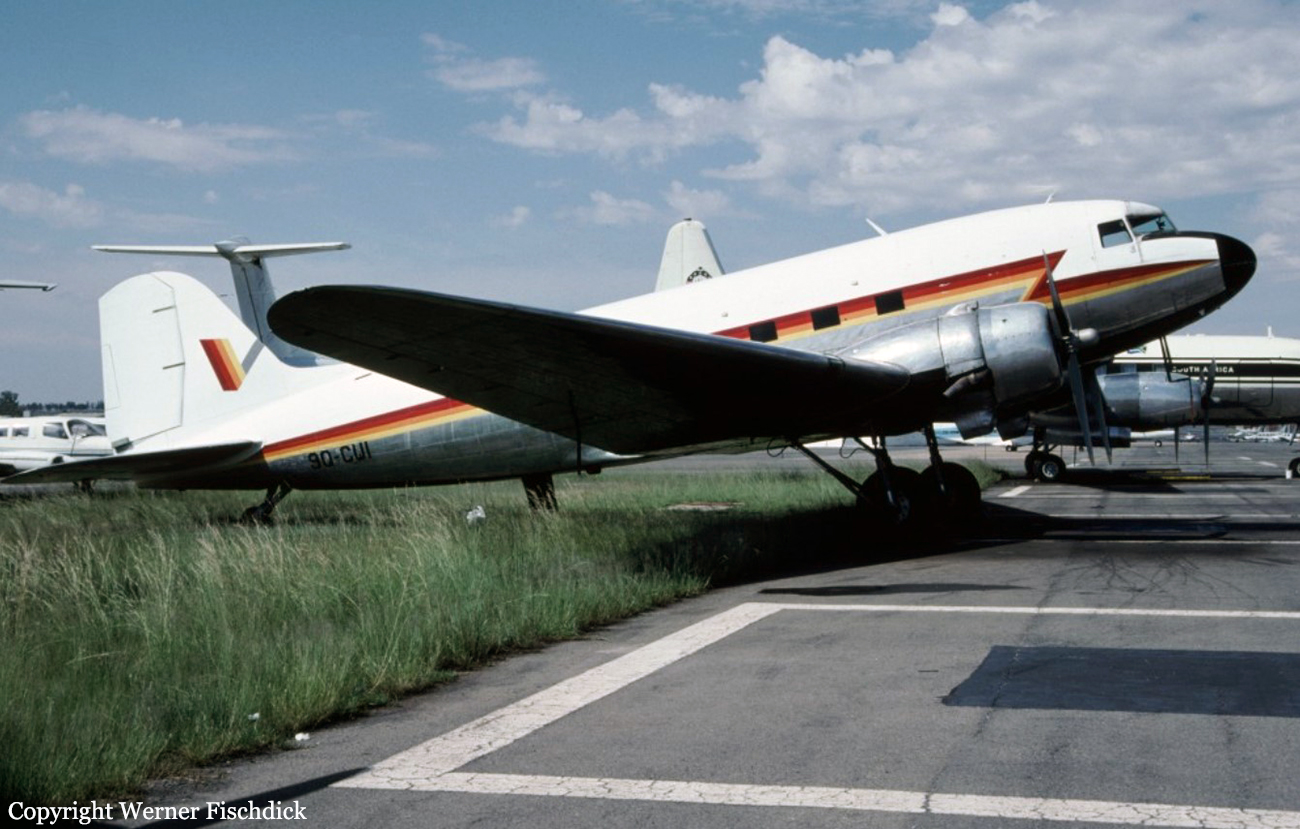Crash of a Dornier DO228-201 in Lukla
Date & Time:
Jun 30, 2005 at 0735 LT
Registration:
9N-AEO
Survivors:
Yes
Schedule:
Kathmandu - Lukla
MSN:
8010
YOM:
1983
Crew on board:
2
Crew fatalities:
Pax on board:
10
Pax fatalities:
Other fatalities:
Total fatalities:
0
Circumstances:
After landing at Lukla-Tenzing-Hillary Airport, the twin engine aircraft skidded then veered off runway and came to rest in a dirt ground. All 12 occupants escaped uninjured while the aircraft was damaged beyond repair.




















